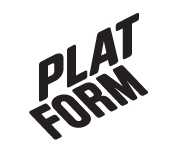EKD is a dynamic art project that welcomes performance, noise, video and intervention with related art forms to create flux in EKD context. The announcement “come together” is the setting that creates the EKD’s coming to be.
EKD is a nomadic art project in the sense that it is not a permanent screening, disco or performance festival with preset programmes but a kind of cultural jamming journey from which the participants never return to the starting point.
Instead of requesting people to seek art as experience, EKD brings experiences as art to the spectator and invites people to meet each other within the original idea of a “party”.
EKD is a non-profit project and takes place on the premises offered for touring EKD events from one place to another.
Comments closed



















